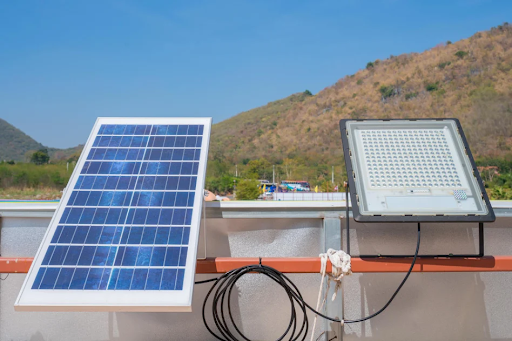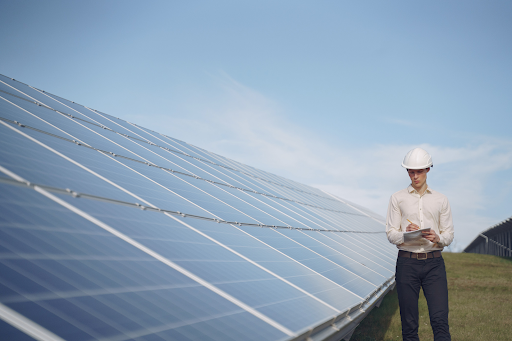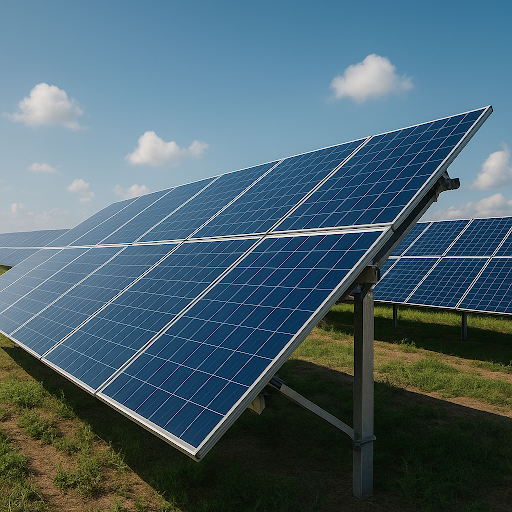
Solar PV systems rely on efficient conversion of solar energy into usable electricity, and string inverters play a crucial role in this process. For many small to medium-sized installations, string inverters offer a balanced solution in terms of cost, efficiency, and scalability. This blog explores their design, advantages, limitations, and future trends.
Working Principle of String Inverters
String inverters convert direct current (DC) generated by solar panels into alternating current (AC), suitable for feeding the grid or powering electrical loads. In a string configuration, multiple solar panels are connected in series to form a string. The inverter manages each string, converting the combined DC output into AC.
Typical Design Architecture
A string inverter typically comprises several MPPT channels, allowing independent operation of multiple strings. For instance, a two-MPPT inverter can manage two separate strings, optimising performance even if the strings are oriented differently. This design ensures simpler installation compared to central inverters.
Advantages of String Inverters
- Cost-effectiveness: String inverters are generally less expensive both in terms of initial investment and maintenance.
- Easier Installation: The modular design reduces cabling complexity, making installation faster and less labour-intensive.
- Scalability: Adding extra strings to expand a system is straightforward, providing flexibility for your ever-growing energy requirements.
- Maintenance: Issues are usually easier to locate and repair when string inverters are being used.
These advantages make string inverters ideal for residential, commercial, and small industrial solar installations, helping optimise the return on investment while ensuring performance.
Limitations
Despite their benefits, string inverters come with some limitations. Partial shading of a string reduces the performance of the entire string, as one underperforming panel can limit the energy production of the connected panels. There is also a single point of failure risk; if the inverter fails, the output of the entire string is lost. Compared to microinverters, which handle each panel individually, string inverters are less effective in shaded or irregular installations.
Comparison with Central Inverters and Microinverters
Central inverters are suited for large-scale solar farms, while microinverters are ideal for installations with shading issues or complex roof geometries. String inverters strike a balance for small to medium-sized plants without the complexity of microinverter systems.
Applications
String inverters are widely used in small to medium rooftop solar plants and ground-mounted PV systems, including commercial and industrial setups. Several solar EPC companies in Mumbai offer this solution, known for its modularity and ease of installation.
Future Trends
Smart string inverters with IoT integration are emerging, offering remote monitoring, predictive maintenance, and enhanced energy management. These innovations improve system reliability and provide valuable data insights for performance optimisation.
String inverters are a versatile and cost-effective solution offered by many solar EPC companies in India like VEMC. As a trusted provider with 75+ years of experience and an ISO 9001:2015 certification as well as a CRISIL MSE-1 rating, VEMC offers end-to-end solar EPC services including design, installation, and commissioning of PV systems with string inverters. You can connect with us on +91 8976951701, +91 9819907445, 022 43117133 or email us at marketing@vemc.co.in to explore our solar solutions.



